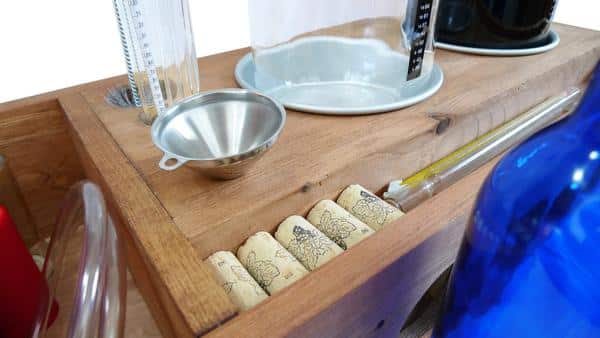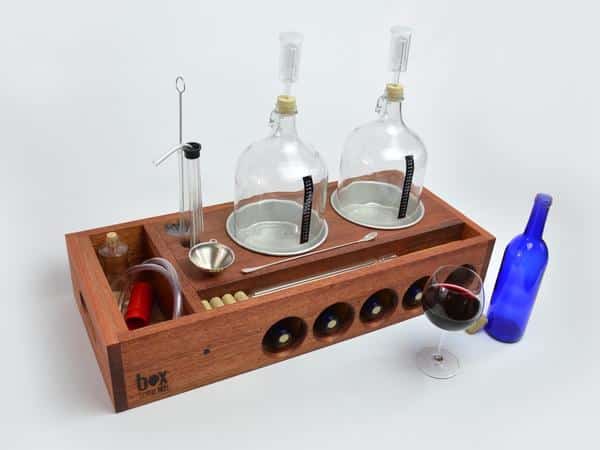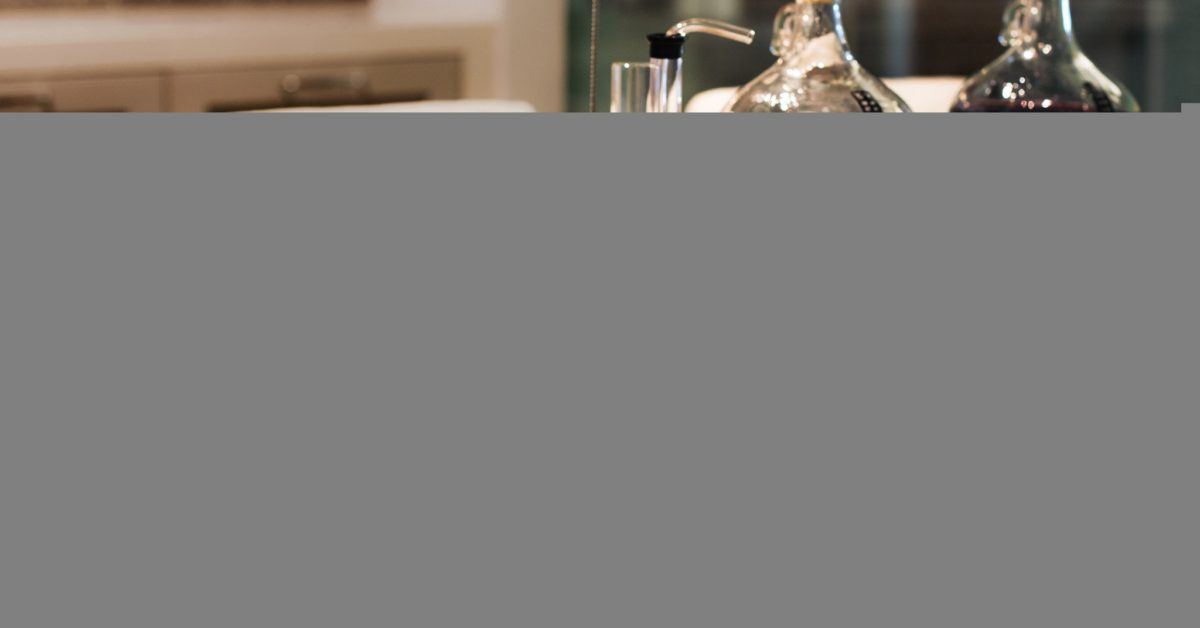I called it curiosity, but my parents called it “an accident about to happen.” As long as I can remember, I’ve had an unnamable desire to see for myself. I was the kid who had to learn from my own mistakes, so I could then decide on my own why or why not to do something. I touched the hot stove in the kitchen, ran on slippery pool decks in the summer, and licked the frost off metal poles during winter.
I wore an ever-changing palette of scrapes, bruises, and bandages on my body all the way until I graduated high school, learning about my abilities (and inabilities) with each new scar. Once I began cooking on my own during college, my fascination for doing things the hard way manifested itself in the kitchen, where I became determined to make everything from scratch at least once. I made homemade pie crusts, rolled my own sushi, blended my own hot sauce, and tried making my own chèvre to see if I liked my homemade versions or the store-bought versions better. (Confession: I buy my pie crusts, sushi, and cheese, but stick to homemade tortillas, pasta, and salsa.)
While the process is sometimes frustrating, it’s taught me a lot about my abilities while giving me an appreciation for the time and skill it takes to create quality products at home. After a few successful rounds at home brewing my own beer and cider, I decided to up my game and see how hard it would be to make my own wine.
Turns out, it’s really hard.
I picked my own grapes from a vineyard near the Hill Country of Texas, bought all the equipment, and set to letting my grapes ferment for the better part of a few months. I did everything by the book, and I sat in confident anticipation as I saw the first signs of yeast bubbling to the top of my glass carboy. The day finally came to bottle my wine, and instead of testing it on my own I decided to have a new wine party and invited my friends and family to taste the literal fruits of my labor. I poured the first bottle around and toasted to my first vintage, encouraging everyone to sip in unison.
If silence could scar, I would have a mark on my body the size of a jeroboam.
Rubbing alcohol was weaker than what I had created. My friends and I jokingly referred to the batch as moonshine, trying to mix it with water, juice, and even Sprite, but nothing could save us from the headache that would ensue after only a few sips. Knowing when to accept defeat, I chalked winemaking up with homemade sushi and pie crusts, filled the carboy with flowers and wine corks and set it beside my dining room table, where I would only be serving bottles of someone else’s wine.
Winemaking, unlike blending my own salsa, involves so much more than simply following a recipe; it requires knowledge and understanding of chemistry and viticulture. It’s an art form. Even if a budding winemaker has the knowledge and understanding to attempt their own wine, there’s no guarantee that it will turn out the way they planned. Which is why, when I was told that the winemaking kits from Box Brew Kits take the guesswork out of winemaking and produce a wine that any home winemaker would be proud to label as their own, I was understandably skeptical and obviously intrigued.
I ordered the Cabernet Sauvignon kit (the most forgiving of the red grape varieties the company offers), and decided to forgo my previous scars to give winemaking another shot. The set arrived ahead of schedule in one large box that includes everything I would need to create one gallon (roughly five bottles) of Cabernet Sauvignon wine. All in all, it came with:
- 1 gallon primary and secondary fermenters with a thermometer and airlock
- An auto-siphon, plastic tubing, and stainless steel funnel for easy bottling
- A carboy brush
- A hydrometer and test jar to measure the alcohol content
- A wine thief to extract samples for tasting
- A jar for miscellaneous uses
- A stainless steel stirring spoon
- A mini corker
- 5 cobalt blue 750ml wine bottles (reusable)
- A handcrafted wooden pine base with two storage compartments to hold all the supplies and keep everything organized throughout the entire winemaking process
- Instructions, with tips and advice, for each step of the process
- A juice bag (Cabernet Sauvignon grapes from California)
- Wine yeast
- Oak chips
- Stabilizers and clarifiers
- A no-rinse cleaner
- 5 corks

The instructions seemed easy enough, so I got started right away, sterilizing and prepping my workspace. The instructions read like a recipe, giving three main milestones for working with the wine over the course of four weeks (timing may vary). Day one began with primary fermentation, where I began by pouring the juice, the oak chips and some water into the clear glass primary fermenter, testing the gravity and adding the yeast to begin the fermentation process. This all seemed familiar enough, which is why I knew not to get my hopes up even after I watched the yeast begin to bubble to the surface and smelled the gases releasing from the airlock.
I waited the recommended 15 days, when the instructions suggest testing the wine’s gravity to see if fermentation has completed. Mine had not so I followed Box Brew Kits’ recommendation to wait another two days before going forward. After two more days, the gravity levels were perfect and it was time to add the metabisulphite and potassium sorbate packets into the wine and then siphon it all into the secondary fermenter. After the wine was in the new fermenter, I added the clarifier and stirred vigorously until the wine’s color transformed into an iridescently ruby hue. I couldn’t help but notice the delicious aromas coming from the jar and I snuck a little taste using the wine thief just to see if the scent and flavor aligned. I expected a jammy sip, or something akin to the moonshine I had made a few years before, but what hit my palate was a delightfully dry, albeit young wine, with tons of potential for aging. With a newfound excitement, I set the fermenter aside for another 14 days and began coming up with name and label ideas in hopes that this wine would actually be something I could serve my friends.

Day 30 came, and I tested the clarity once more before siphoning the liquid into the bottles. The process was incredibly easy, and I was met with a sense of accomplishment and pride as I hammered the cork into place with a rubber mallet. Some of the wine had evaporated through the process, but I was able to fill four full bottles to the top with the last bottle acting as my tester before I let anyone else try it (re: learning from my past mistakes). The wine turned out to be a beautiful representation of a California Cabernet, with bold tannins, dry structure, and a delightfully light complexity that makes for an interesting pour each time.
I couldn’t be happier to add wine to my repertoire of “things I’m proud I made at home,” and although I still buy most of my wine from the pros, I have two cobalt blue bottles left of “MoonshineNoMore” sitting in my wine cellar, waiting to be opened on a night when I can pair them with some steak fajitas, homemade salsa, and freshly pressed tortillas. ![]()

